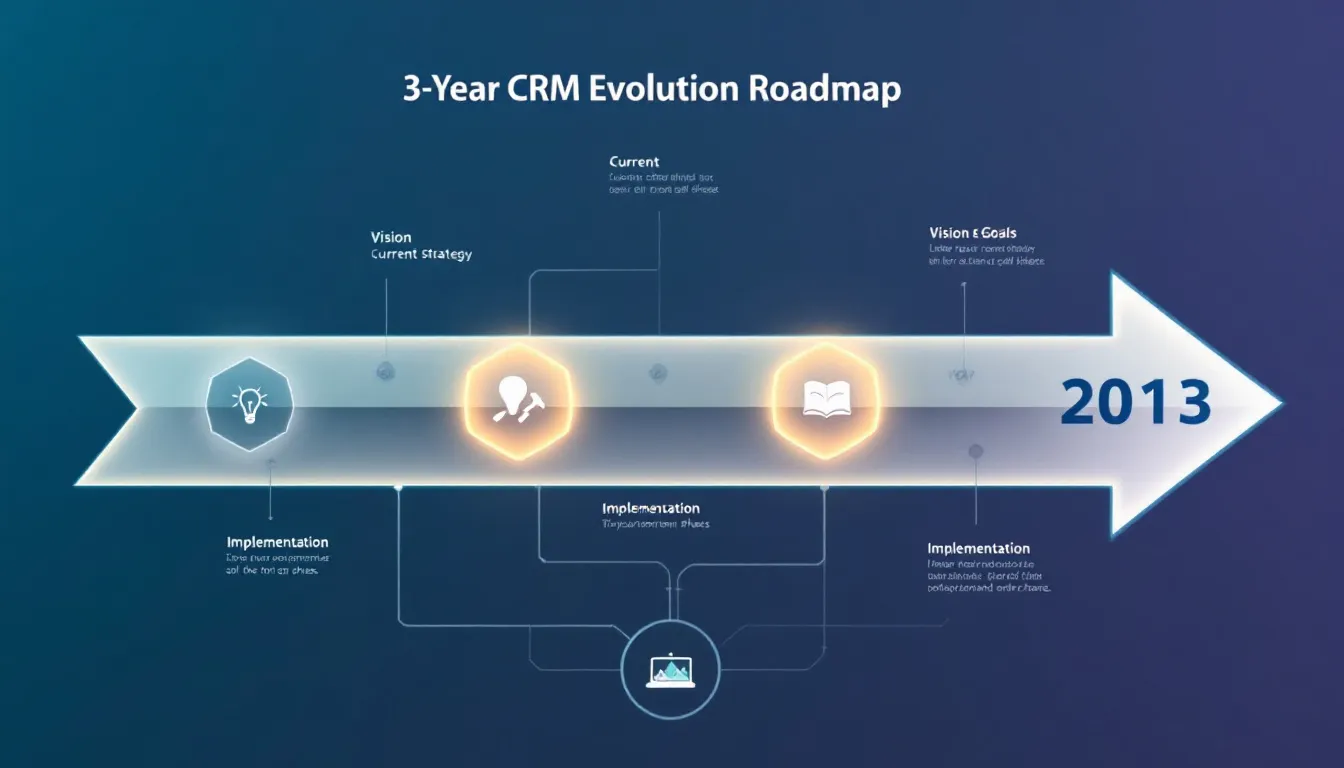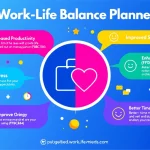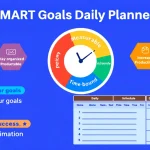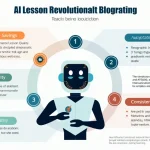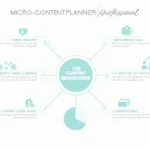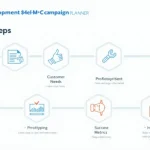Generating your strategy...
Is this tool helpful?
How to Use the CRM Strategy Vision Generator Effectively
The CRM Strategy Vision Generator helps organizations plan their customer relationship management evolution over the next 1-3 years. Here’s a detailed guide on using each field effectively:
Input Fields Guide
- Industry or Business Sector: Enter your specific industry. Examples:
- “Financial Services – Investment Banking”
- “Manufacturing – Automotive Components”
- Current CRM System and Strategy: Detail your existing setup. Examples:
- “Using Microsoft Dynamics with basic lead scoring and email automation, primarily for sales pipeline management”
- “HubSpot implementation focusing on marketing automation and customer service ticketing”
- Business Objectives: List specific, measurable goals. Examples:
- “Increase customer lifetime value by 40%, reduce churn by 15%, implement AI-driven personalization”
- “Expand into APAC market with 30% revenue growth, improve customer satisfaction scores to 90%”
Understanding the CRM Strategy Vision Generator
This advanced tool leverages strategic planning methodologies to create a comprehensive vision for your organization’s CRM evolution. It analyzes your current position, industry context, and business objectives to generate actionable insights for CRM transformation.
Core Components Analysis
- Customer Segmentation Integration
- Technology Stack Evolution
- Process Automation Opportunities
- Data Analytics Capabilities
- Customer Experience Enhancement
Benefits of Using the CRM Strategy Vision Generator
Strategic Alignment
The tool ensures your CRM evolution aligns with broader business objectives by:
- Mapping customer touchpoints to business goals
- Identifying technology gaps and opportunities
- Prioritizing initiatives based on impact and feasibility
Resource Optimization
Optimize resource allocation through:
- Clear implementation roadmaps
- Phased deployment recommendations
- Technology investment guidance
Problem-Solving Capabilities
Common CRM Challenges Addressed
- Data Silos: Integration strategies for unified customer views
- Process Inefficiencies: Automation recommendations for streamlined operations
- Customer Experience Gaps: Omnichannel engagement solutions
- Analytics Limitations: Advanced reporting and insights capabilities
Practical Applications and Use Cases
Enterprise Digital Transformation
A manufacturing company used the generator to plan their CRM evolution:
- Initial State: Basic CRM with manual processes
- Vision Generated: IoT-integrated CRM with predictive maintenance
- Outcome: 35% reduction in service response time
SMB Growth Strategy
A professional services firm utilized the tool for scaling:
- Initial State: Email-based client management
- Vision Generated: Automated workflow system with client portal
- Outcome: 50% increase in client engagement
Frequently Asked Questions
What industries can benefit from this tool?
The CRM Strategy Vision Generator is valuable for any industry that manages customer relationships, including retail, manufacturing, services, technology, healthcare, and financial services.
How detailed should my input be?
Provide specific, actionable information in each field. More detailed inputs result in more targeted and valuable strategy recommendations.
Can I use this tool for different business units?
Yes, you can generate separate strategies for different business units or departments within your organization to address specific needs and objectives.
How should I implement the generated strategy?
The tool provides a phased implementation roadmap. Start with quick wins, then progress to more complex initiatives based on the provided timeline and priorities.
What preparation is needed before using the tool?
Gather information about your current CRM system, business objectives, customer segments, and key challenges. Involve stakeholders from different departments for comprehensive input.
How often should I update my CRM strategy vision?
Review and update your CRM strategy annually or when significant business changes occur, such as mergers, market expansion, or new product launches.
Can startups benefit from this tool?
Yes, startups can use the tool to establish robust CRM foundations and scale effectively by planning their customer relationship management evolution from the beginning.
Best Practices for Maximum Value
Input Quality Guidelines
- Be specific about industry challenges
- Quantify business objectives where possible
- Detail current technology limitations
- Include customer feedback insights
Implementation Success Factors
- Secure stakeholder buy-in
- Establish clear success metrics
- Create cross-functional teams
- Plan for change management
Strategic Considerations
Technology Integration
- API connectivity requirements
- Data migration planning
- Security infrastructure needs
- Scalability considerations
Customer Experience Impact
- Journey mapping alignment
- Personalization capabilities
- Service delivery optimization
- Feedback loop integration
Important Disclaimer
The calculations, results, and content provided by our tools are not guaranteed to be accurate, complete, or reliable. Users are responsible for verifying and interpreting the results. Our content and tools may contain errors, biases, or inconsistencies. We reserve the right to save inputs and outputs from our tools for the purposes of error debugging, bias identification, and performance improvement. External companies providing AI models used in our tools may also save and process data in accordance with their own policies. By using our tools, you consent to this data collection and processing. We reserve the right to limit the usage of our tools based on current usability factors. By using our tools, you acknowledge that you have read, understood, and agreed to this disclaimer. You accept the inherent risks and limitations associated with the use of our tools and services.
